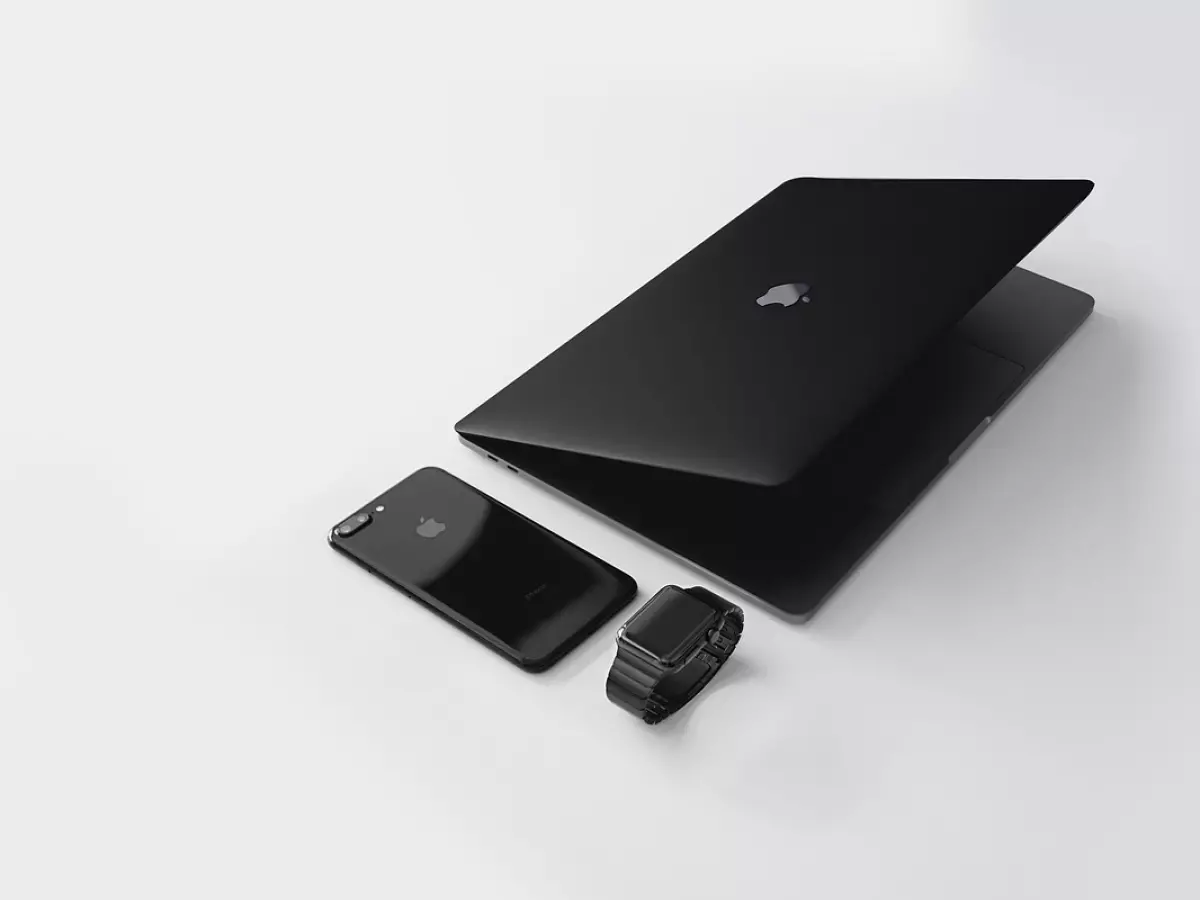Pixel Wars
Imagine snapping a photo with your shiny new smartphone, expecting a masterpiece, only to find the image looks... meh. You zoom in, and the details are fuzzy, the colors are off, and suddenly, your excitement fades. What went wrong?

By Dylan Cooper
Let’s rewind a bit. Remember when the first smartphones with cameras came out? Back then, we were thrilled with a grainy 2MP photo. Fast forward to today, and we’re talking about 108MP sensors, AI-enhanced photography, and night modes that make the moon look like a studio-lit model. But here’s the kicker: more megapixels don’t always mean better image quality. In fact, there’s a hidden battle going on inside your gadget’s camera, and it’s not just about the number of pixels.
So, what’s the deal? Why do some gadgets with fewer megapixels produce better images than those boasting sky-high numbers? It all comes down to a mix of hardware, software, and some sneaky tech magic happening behind the scenes.
The Megapixel Myth: Bigger Isn’t Always Better
First things first, let’s debunk the megapixel myth. For years, gadget manufacturers have been pushing higher and higher megapixel counts as a selling point. But here’s the truth: megapixels only tell you how many pixels are in the image, not how good those pixels are. It’s like having a huge pizza with terrible toppings—it’s big, but it’s not tasty.
What really matters is the size of the individual pixels. Larger pixels can capture more light, which is crucial for low-light photography. This is why some smartphones with 12MP cameras can outperform those with 64MP or even 108MP sensors. They’re not cramming as many pixels into the sensor, allowing each pixel to be bigger and more effective at capturing light.
So, next time you’re shopping for a gadget, don’t just fall for the megapixel hype. Look at the pixel size, usually measured in microns (µm). The bigger, the better.
Sensor Size: The Unsung Hero
Now, let’s talk about the sensor. Think of it as the canvas where your image is painted. A larger sensor can capture more light and detail, which leads to better image quality. But here’s the catch: larger sensors are more expensive and take up more space inside your gadget. That’s why you’ll often see bigger sensors in high-end cameras and flagship smartphones, while budget devices make do with smaller ones.
But it’s not just about size. The type of sensor also plays a role. Most gadgets use CMOS (Complementary Metal-Oxide-Semiconductor) sensors, which are efficient and affordable. However, some high-end devices use stacked sensors, which allow for faster image processing and better low-light performance. So, if you’re serious about photography, pay attention to the sensor type as well as its size.
Lens Quality: The Glass Matters
Ever heard the phrase “you’re only as good as your tools”? Well, in the world of gadget cameras, the lens is one of the most important tools. A high-quality lens can make a world of difference in how sharp and clear your images are.
Most gadgets use plastic lenses to keep costs down, but high-end devices often use glass lenses, which offer better clarity and less distortion. Some manufacturers even partner with famous lens makers like Leica or Zeiss to give their cameras an edge. So, if you’re after top-notch image quality, don’t just look at the sensor—check out the lens, too.
AI and Software: The Invisible Hand
Here’s where things get really interesting. In recent years, AI and software have become just as important as hardware when it comes to image quality. Many of today’s gadgets use AI to enhance photos in real-time, adjusting things like exposure, color balance, and even removing unwanted objects from the frame.
Take Google’s Pixel phones, for example. They don’t have the highest megapixel count or the largest sensors, but they consistently produce some of the best photos on the market. How? It’s all about the software. Google’s image processing algorithms are so advanced that they can make a 12MP camera perform like a 48MP one.
So, when you’re comparing gadgets, don’t just focus on the hardware specs. Look at the software features, too. AI-enhanced photography is the future, and it’s already making a huge difference in how we capture and share moments.
Optical vs. Digital Zoom: Know the Difference
Zoom is another area where gadgets often mislead us. Many devices boast impressive zoom capabilities, but not all zooms are created equal. Optical zoom uses the camera’s lens to physically magnify the image, preserving quality. Digital zoom, on the other hand, simply crops the image and enlarges it, which can lead to a loss of detail.
If you’re serious about photography, always go for optical zoom over digital. Some high-end gadgets even offer hybrid zoom, which combines both optical and digital zoom to give you the best of both worlds. But remember, digital zoom should be your last resort if you want to maintain image quality.
The Future: Computational Photography
So, where is all this heading? The future of gadget cameras lies in computational photography. This is a fancy term for using software and AI to enhance images in ways that traditional cameras can’t. We’re already seeing this with features like portrait mode, night mode, and even astrophotography on some smartphones.
As AI continues to improve, we’ll likely see even more advanced features, like real-time 3D mapping of scenes, automatic object removal, and even the ability to change the lighting in a photo after it’s been taken. The possibilities are endless, and it’s an exciting time to be a gadget enthusiast.
In the end, the battle between gadget cameras and image quality isn’t just about hardware—it’s about how all the pieces work together. So, the next time you’re in the market for a new device, don’t just focus on megapixels. Look at the whole package: sensor size, lens quality, software, and AI features. That’s how you’ll come out on top in the pixel wars.





